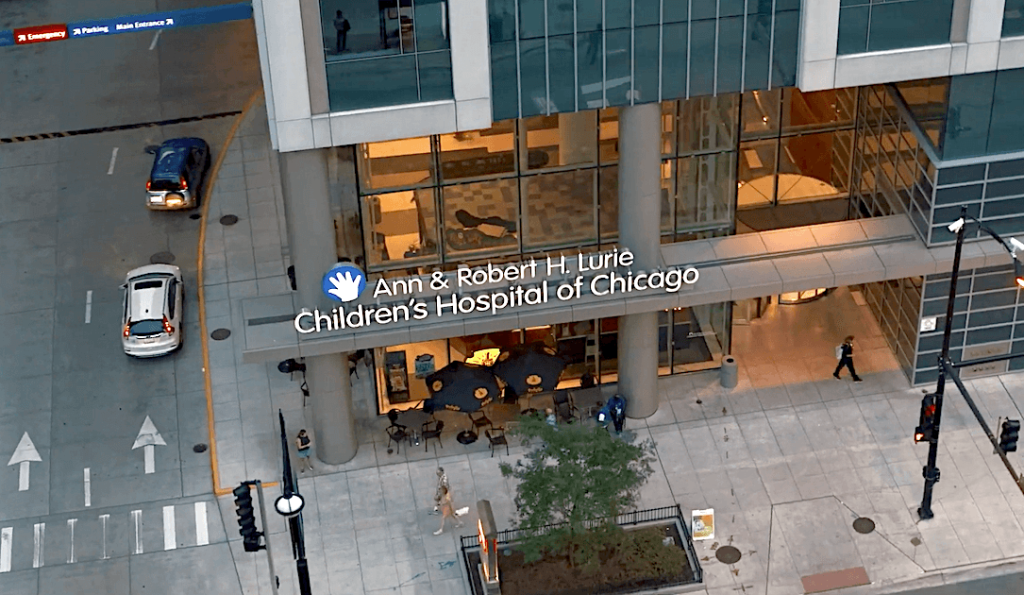Ransomware Attack on Lurie Children's Hospital: $3.4M Ransom Demanded

The Ann & Robert H. Lurie Adolescents’s Clinic of Chicago used to be no longer too long previously hit by a extremely stepped forward ransomware attack, underlining the persistent possibility of cybercrime that looms over the healthcare industry.
Lurie Adolescents’s, a number one pediatric sanatorium in the US and a Level I Pediatric Trauma Center in Illinois, used to be unable to spend digital clinical records and had to depend completely on pen and paper-primarily based documentation.
Orchestrated by the Rhysida ransomware-as-a-service community, this incident underscores the fundamental need for vigilance against reputedly minor errors, much like typos, that would per chance lead to the installation of malicious programs from repositories adore PyPI (Python Bundle Index).
You per chance can analyze a malware file, network, module, and registry exercise with the ANY.RUN malware sandbox, and the Likelihood Intelligence Search for that will enable you to work along with the OS all of a sudden from the browser.
The Attack on Lurie Adolescents’s Clinic
Earlier this month, Lurie Adolescents’s Clinic used to be compelled to lift its total network offline attributable to a “cybersecurity subject,” later identified as a ransomware attack.
The Rhysida community, known for its disruptive actions all over the U.S. healthcare machine, has claimed accountability. This community has a notorious history, having previously centered 16 hospitals nationwide.

Lurie Adolescents’s Clinic, a prominent pediatric healthcare group in the Midwest, serves approximately 239,000 youth each and each year. Regardless of the cyberattack, the sanatorium has remained operational, albeit with some disruptions to appointments and optional surgical procedures.
The sanatorium’s MyChart digital records machine remains down, and handbook processes had been implemented, ensuing in longer wait instances for prescription requests.
The ransomware community is making an strive to extort the sanatorium for 60 bitcoins, linked to honest correct over $3.4 million, in alternate for the stolen info.

This info breach has potentially uncovered sensitive info, along side Social Safety numbers, beefy names, dates of delivery, addresses, and clinical and health insurance coverage info.
Rhysida Ransomware-as-a-Service Community
The Rhysida community operates as a ransomware-as-a-service (RaaS), leasing out ransomware tools and infrastructure in a income-sharing mannequin.
This means has allowed them to specialize in varied sectors, along side education, healthcare, manufacturing, info skills, and government.
The community’s ransomware encrypts info using a 4096-bit RSA encryption key with a ChaCha20 algorithm, making it seriously involving to procure better affected recordsdata without the decryption key.
Implications and Warnings
The U.S. Division of Health and Human Products and services issued a warning closing August regarding the increasing attacks by the Rhysida community on the healthcare sector.
This incident at Lurie Adolescents’s Clinic is a stark reminder of the vulnerabilities recent in the healthcare industry and the devastating impact of ransomware attacks.
The ransomware attack on Lurie Adolescents’s Clinic by the Rhysida community is a fundamental be-cautious demand healthcare organizations and other sectors to bolster their cybersecurity measures.
It highlights the importance of being cautious of youth errors, much like typos, that would per chance lead to the installation of malicious programs, potentially compromising sensitive info and disrupting very fundamental products and services.
As cybercriminals evolve their ways, the need for sturdy cybersecurity defenses has never been more urgent.
You per chance can block malware, along side Trojans, ransomware, spyware, rootkits, worms, and nil-day exploits, with Perimeter81 malware protection. All are extraordinarily spoiled, can wreak havoc, and damage your network.
Conclude updated on Cybersecurity news, Whitepapers, and Infographics. Practice us on LinkedIn & Twitter.
Source credit : cybersecuritynews.com


